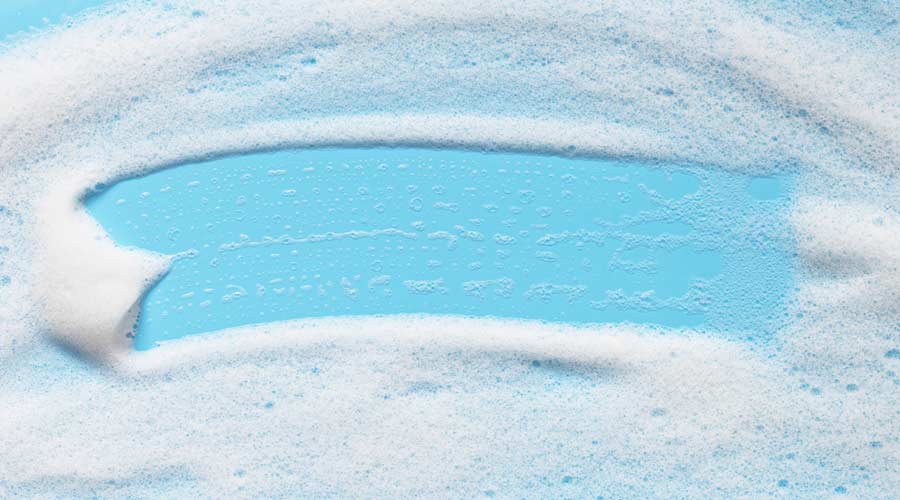
A study recently released study from Cambridge University Press evaluated the efficacy of automated disinfected dispenser system in hospitals. The results of the study — which oversaw 10 unique hospitals and four additional healthcare systems across five states — highlighted the importance of improved dispenser monitoring to ensure the correct concentrations of disinfectants are dispensed.
Methods
For the study, disinfectant samples of 10 mL were collected at each site from automated dispensers. When testing for efficacy of the disinfectants, quaternary ammonium samples were given 10 minutes of exposure time compared to five minutes for peracetic acid. Quaternary ammonium samples were tested using test paper kits, while peracetic acid samples were measured via a dropper-bottle method. Quaternary ammonium disinfectant samples used in the study came from multiple manufacturers, including Virex Plus from Diversey; and the HB Quat Disinfectant Cleaner Concentrate from 3M. For the peracetic samples, the study included OxyCide Daily Disinfectant Cleaner from Ecolab.
Results
While automated dispensers are a common choice for healthcare facilities, the study indicated that 90 percent of hospitals using them had at least one that was malfunctioning. Additionally, 14 percent of the dispensers delivered no detectable disinfectant, while 27 percent of dispensers delivered lower-than-expected disinfectant concentration. To avoid these instances from occurring, hospitals are recommended to conduct routine testing to ensure the correct quantities are dispensed. None of the 10 hospitals involved in the study had any monitoring protocol in place to conduct routine testing of the dispensers.
Read more on the methodology, results, and overall implications of the study here.

 The Down and Dirty on Cleaning in Virus Season
The Down and Dirty on Cleaning in Virus Season How Surfactant Use is Expanding in Commercial Cleaning
How Surfactant Use is Expanding in Commercial Cleaning Operational Excellence Series 2025: Better Budgeting
Operational Excellence Series 2025: Better Budgeting